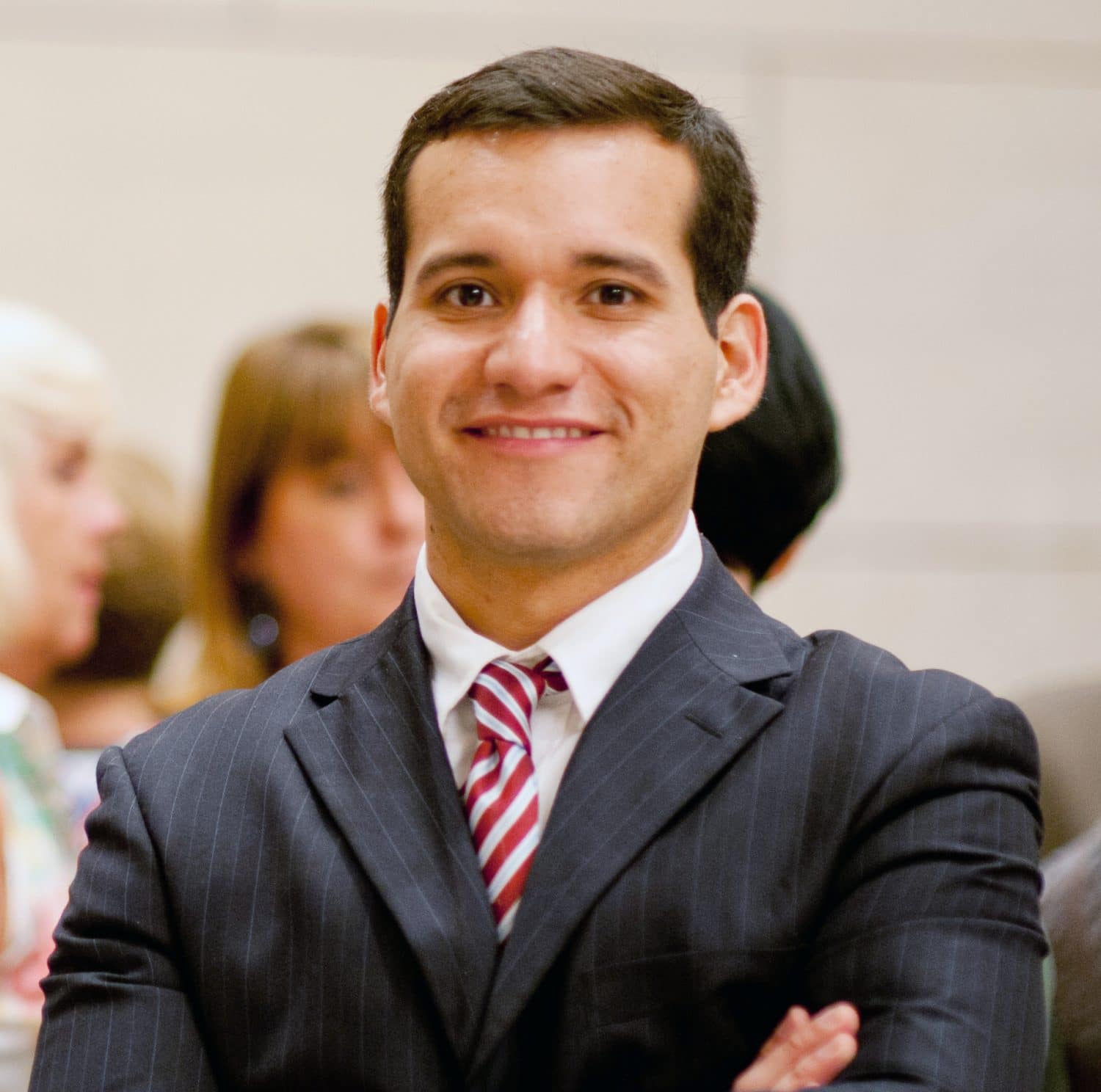“Music”, not only “songs” in class
The other day I was struggling to chose a topic to discuss about with the teachers in my school. It was somehow funny as things happened – two of the teachers came, on the very same day, asking about ideas and rationale for using music in class.
Well, this extract is not exactly on how to work with songs and have students to fill in the gaps with missing words, or organising lines, etc… It is actually in the sense of Brain Gym® and how to have the help of music in a lesson. I will be talking about music without lyrics. Just the melody, chords and harmony.
“Music gives a soul to the universe, wings to the mind, flight to the imagination and life to everything.” ― Plato
There is so much music can do. In a way or another, everyone at any age likes music – any sort or any type and therefore they can relate to it in many ways.
“Music stabilizes mental, physical and emotional rhythms to attain a state of deep concentration and focus in which large amounts of content information can be processed and learned.” Chris Brewer [1995], Music and Learning – Johns Hopkins University
Studies have shown that music may improve concentration and memory. Depending on the music, it also helps lowering the affective filter of EFL learners, making a lesson more enjoyable and motivating. According to Chris Brewer [1995], music helps us learn because it will:
- establish a positive learning state
- create a desired atmosphere
- build a sense of anticipation
- energize learning activities
- change brain wave states
- focus concentration
- increase attention
- improve memory
- facilitate a multisensory learning experience
- release tension
- enhance imagination
- align groups
- develop rapport
- provide inspiration and motivation
- add an element of fun
- accentuate theme-oriented units
When in class, teachers may use music as backbone of a series of activities. Some of them for changing learners’ moods, inspiring discussion or for any other simpler reasons.
Music can be used as background sound while students are working on vocabulary/structure work or during a creative writing lesson, for example. It may actually activate the mathematical side of the brain while the other side is being demanded by language work. Researches show that with the activation of both sides of the brain, retention of knowledge is enhanced.
Another way to combine activation of brain, concentration and classroom dynamics, is to prepare the extracts of music beforehand editing them with certain amounts of time, for example, if you give a task for pupils to match vocabulary with definition and set the activity to be done in two minutes, you play the music which will have 2 minutes, and students will know time is up when the recording is over.
You can find more ideas and rationale behind the use of music in class in many published materials, in specialised sites for teachers or at https://education.jhu.edu/PD/newhorizons/strategies/topics/Arts%20in%20Education/brewer.htm
Hope you enjoy your research into this topic!





